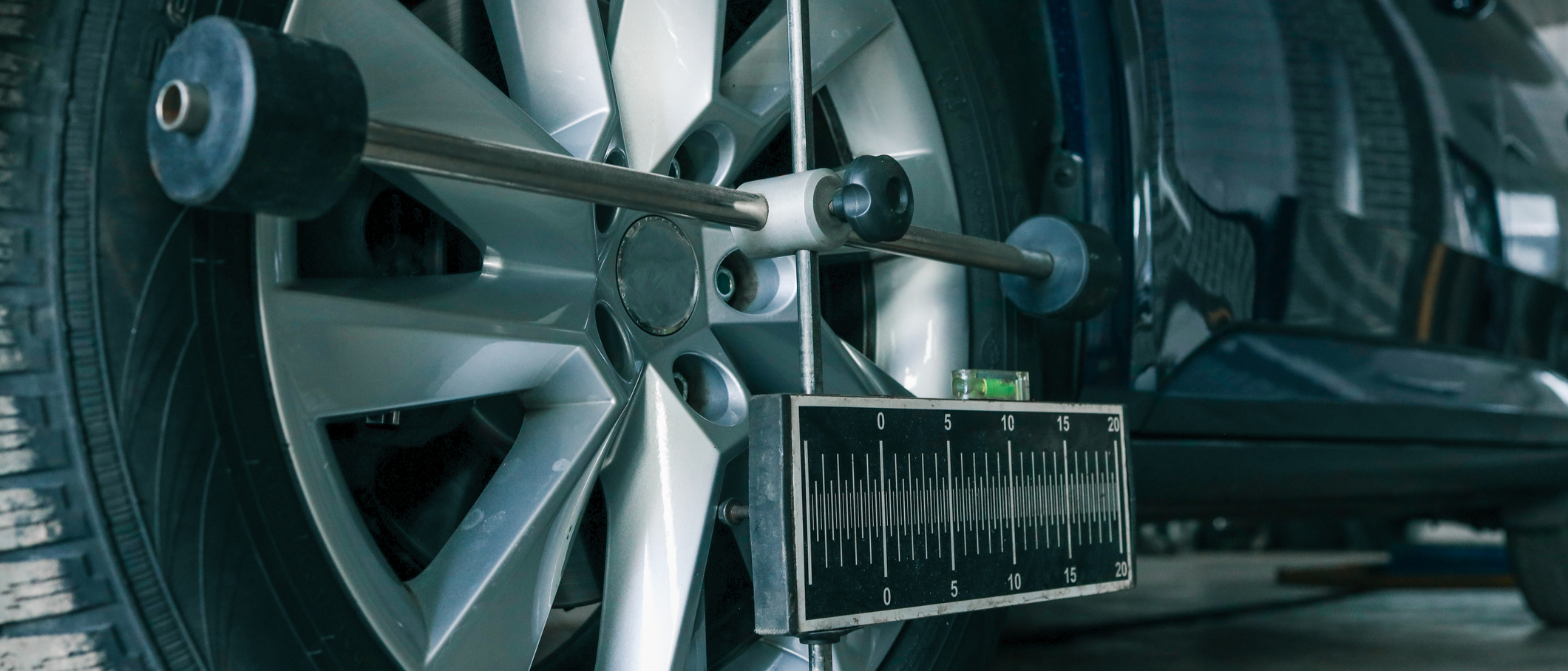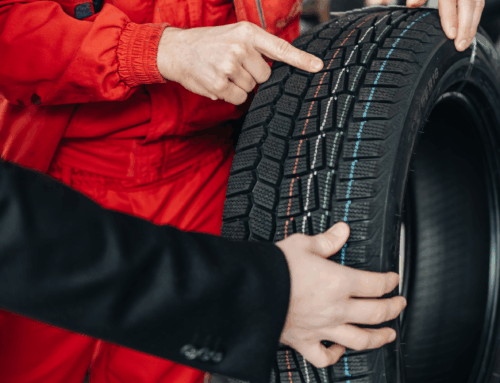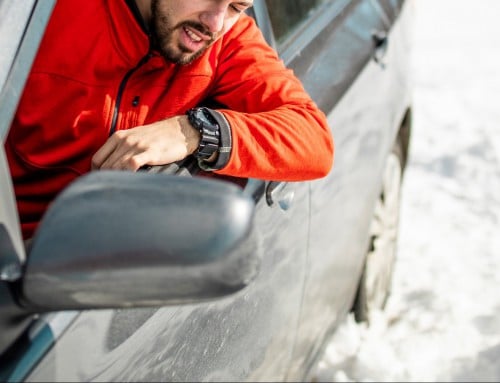Performing regular tire rim inspections are crucial to the safe operation of your business, especially if you use multiple vehicles for your work. A bent, cracked, or otherwise faulty rim can lead to incidents that are not only expensive but dangerous. A faulty rim can pinch or pop a tire, which can then lead to a blowout. It can also lead to mechanical issues and problems controlling the vehicle, which can create a very dangerous situation.
It’s also important for staff to follow proper precautions and procedures for a tire rim inspection. If you perform an improper rim inspection, you may leave faulty parts on the vehicle or cause serious injury or death to the inspector themselves.
Safety guidelines for rim inspections
Below are some of our best practices for performing a rim inspection. Please note that this is not an exhaustive list. To ensure rim inspection protocols are thoroughly followed, investigate and obey any training requirements enforced by law in your jurisdiction.
- Ensure that staff participating in rim inspections are thoroughly trained and completely understand all related safety information.
- Deflate tires before loosening assembly nuts. Disassembly of an inflated wheel can cause serious injury or death.
- Double check that your staff are wearing personal protective equipment (PPE) during inspection.
- Ensure that any tools or parts used in inspection, or rim replacement, are in good working condition. Damaged parts could fail during tire inflation, during handling or while in service on the vehicle.
- Clear any dirt or corrosion. Buildup can prevent rim components from seating properly or cause a bead hang-up (improperly seated tire bead). Assembling components in this manner could lead to explosive separation.
- Inspect rims every time wheels have been removed from the vehicle in an outdoor area and each time wheels are fully disassembled.
- Compare rims against similar wheels, independent of any official criteria, for any sign of unusual wear patterns or special damage as a best practice.
- Utilize a rim inspection sign-off sheet, identifying important information such as the last date the rim has been inspected and why it has been inspected.
Ensuring that all staff are properly trained, using the correct safety precautions and scrapping rims that can no longer be used is critical in minimizing risks in both the rim inspection process and in future operations of your commercial vehicles.
How to determine when to discard your rims
Sometimes it can be difficult to tell when it’s time to scrap your rims and invest in new ones. You should be discarding your rims if you notice any of the following:
- There is an any sized crack in any area.
- There is a bent component in any area.
- The inner or outer rim is out-of-round, regardless of the degree.
- The rim has been subjected to high heat or direct fire.
- There are stripped threaded holes.
- There is leaking due to causes other than:
- O-ring
- Valve
- Incorrect assembly
Once you have determined that a rim is to be scrapped, make sure that all scrap rims are clearly identified as such and that all staff involved in tire and rim installation have access to a go/no go chart that clearly demonstrates which rims are good to use.
Protect yourself and your business with commercial auto insurance
While preventive measures can help mitigate risks associated with your tire rims, sometimes things can still go wrong. It’s vital to complement your risk mitigation strategies with robust business insurance coverage. To learn more about how to protect your business and its vehicles, visit our commercial auto insurance page today!
This blog is provided for information only and is not a substitute for professional advice. We make no representations or warranties regarding the accuracy or completeness of the information and will not be responsible for any loss arising out of reliance on the information.





